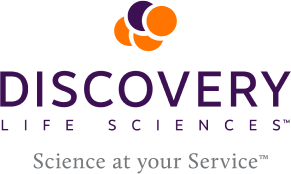I/O Summit Europe 2024
Hilton London Canary Wharf S Quay Square, Marsh Wall, London, United KingdomJoin Discovery Life Sciences at I/O Summit Europe 2024 April 23-25, 2024 | Hilton London Canary Wharf, London, England

Join Discovery Life Sciences at I/O Summit Europe 2024 April 23-25, 2024 | Hilton London Canary Wharf, London, England
Join Discovery Life Sciences in Booth #11 at CB & CDx London 2024 April 24-25, 2024 | Millennium Gloucester Hotel London Kensington, London, England
Join Discovery Life Sciences at Cyto Conference 2024 May 4-8, 2024 | Edinburgh International Convention Center, Edinburgh, Scotland
Copyright © 2024 Discovery Life Sciences. All rights reserved.
Designed & Developed by Altitude Marketing